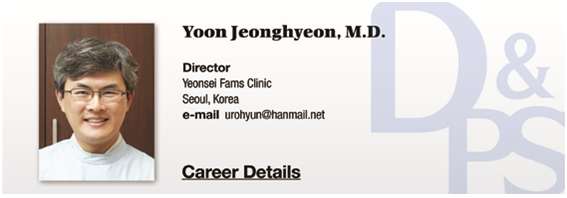
▶ Previous Artlcle: #7-1. CO2 Laser
By contrast, pulsed wave oscillates with parameter values determined by pulse-mode CO2 laser beams and dissects or vaporizes a targeted tissue with high peak power.
The time difference between pulses lowers thermal damage to surrounding tissues, leading to low incidence of post-procedural complications such as scars. Pulsed wave can be divided into superpulse mode and ultrapulse mode.
Initially launched superpulse-mode CO2 lasers contributed to reducing thermal damage to surrounding tissues while vaporizing a targeted tissue.
[Advertisement] Reandnè Thread Series – Manufacturer: GTG KOREA(www.gtgkorea.co.kr)
However, since its output power was not very high, the effect of reducing thermal damage was smaller than expected, and extensive charring was observed during procedure, causing an inconvenience of having to clean the affected site with saline or boric acid solution on cotton.
The ultrapulse mode launched later features the output power increasing 5-fold or more and the pulse duration that is short at 600micrometer or less, compared to the superpulse mode. This higher performance minimizes thermal damage to surrounding tissues while vaporizing a targeted tissue and creates no intra-procedural charring, thus enabling more delicate, easier CO2 laser procedures.
For this reason, nowadays ultrapulse-mode CO2 lasers are used in most cases.
.jpg)
Concentric circles are drawn starting from blue dots at the center during laser procedure.
-To be continued




















